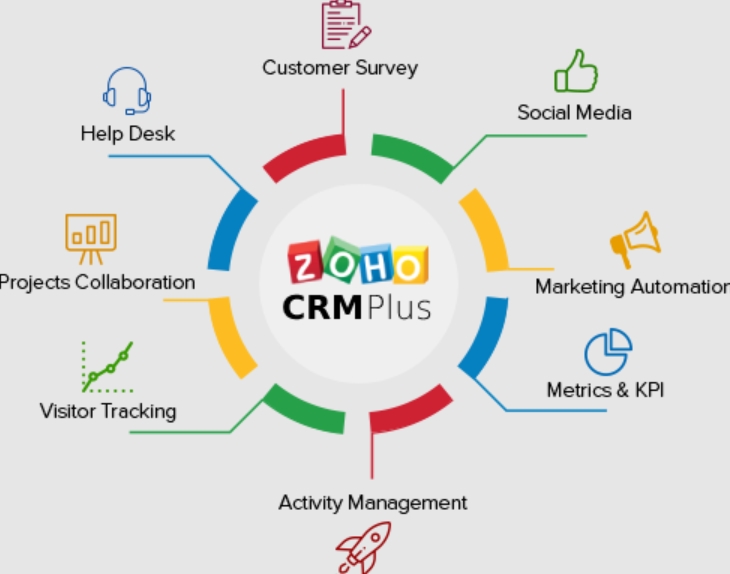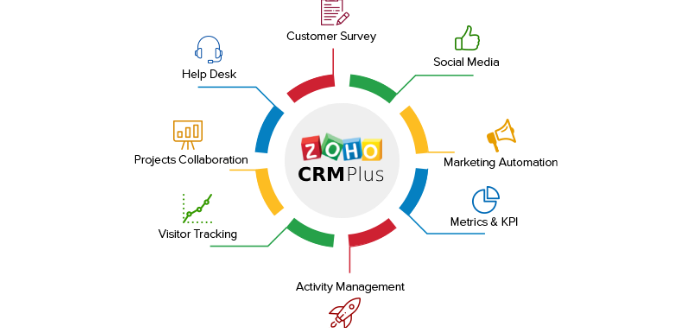The Gig Economy Trend: Understanding the Changes in the Way We Work

In recent years, a notable shift has occurred in the realm of employment – the rise of the gig economy.
This innovative approach to work has swiftly become a defining feature of the modern labor market, reshaping the way people earn their livelihoods and businesses source their labor force.
This article delves into the gig economy trend, providing comprehensive insights into its intricacies, the percentage of young workers it attracts, criticisms and controversies surrounding it.
Anúncios
As well as the substantial benefits it offers to both workers and employers. Keep reading!

Anúncios
What Is the Gig Economy?
The gig economy, often referred to as the “side hustle” or “freelance economy,” is a transformative labor model where temporary, contract, and freelance jobs dominate the employment landscape.
Gig workers, classified as independent contractors or freelancers, provide their services in exchange for compensation.
What sets this employment paradigm apart is the prevalence of short-term, on-demand tasks facilitated through digital platforms and apps.
While the stereotypical image might conjure thoughts of rideshare drivers and food delivery couriers, the gig economy extends its reach across virtually every sector.
With freelance writers, designers, caregivers, and more finding their place in this flexible workforce.
It’s a testament to the gig economy’s growing influence that the IRS officially defines it as an “activity where people earn income providing on-demand work, services or goods.”
Percentage Among Young Workers
One remarkable facet of the gig economy is its magnetic pull on young workers, often from the millennial and Gen Z generations.
As traditional employment models evolve, the younger workforce is increasingly drawn to the freedom and flexibility offered by gig work.
Recent surveys and research reports indicate that a significant percentage of young adults have embraced the gig economy as their primary or supplementary income source.
For this demographic, the gig economy represents more than just a means of financial sustenance – it embodies a lifestyle choice that aligns with their desire for work-life balance, diverse experiences, and the opportunity to turn their passions into profit.
This generational shift raises essential questions about the future of work and the broader implications of a gig economy dominated by the younger workforce.
Criticisms of the Gig Economy
Despite the numerous advantages, the gig economy does not escape criticism, and some of the critiques have raised legitimate concerns.
One of the foremost criticisms pertains to the erosion of traditional job security. Gig workers often lack the stability and safety nets that come with full-time employment, such as health coverage and retirement benefits.
The absence of these safeguards can leave workers financially vulnerable and reliant on their ability to secure gig after gig.
Moreover, there’s a prevailing worry that the gig economy fosters a world of irregular, unpredictable schedules, which can disrupt work-life balance and even lead to issues like sleep disturbances and disrupted daily routines.
These concerns not only affect individual gig workers but also raise broader questions about the changing dynamics of labor, relationships between workers, businesses, and clients, and the shifting definition of a “steady job” in today’s working world.
Understand the Benefits of the Gig Economy
Amid the criticisms and challenges, it’s crucial to recognize the numerous benefits the gig economy offers to workers, businesses, and consumers alike.
The gig economy thrives on flexibility, adaptability, and the power of choice, enabling workers to tailor their work to their immediate needs and personal aspirations.
Whether it’s choosing when and where to work or the option to take on multiple gigs simultaneously, this flexibility provides a sense of freedom that many traditional jobs cannot offer.
For businesses, gig workers represent a scalable and cost-efficient workforce, allowing them to navigate fluctuations in demand without committing to permanent staff.
Additionally, consumers gain access to a wide range of services at their convenience, thanks to the gig economy’s structure.
This symbiotic relationship between workers, businesses, and consumers forms the bedrock of the gig economy’s appeal and longevity.

What You Need to Know to Become a Gig Worker
As the gig economy continues to gain momentum and reshape the world of work, it’s essential to understand what it takes to become a gig worker and navigate this dynamic landscape successfully.
Potential Costs
Before delving into the gig economy, it’s crucial to be aware of potential costs.
While gig work offers a sense of independence, it can also entail expenses that traditional employees don’t face.
Some gigs might require you to bear certain costs, such as vehicle maintenance, gas, or even insurance if you’re involved in transportation services.
Understanding these financial aspects is pivotal in managing your budget and ensuring that your earnings outweigh your expenses.
Know the Salary
Rates in the gig economy are often location-dependent and can vary significantly based on factors like experience and demand.
Additionally, the platform you use to secure gig work may take a portion of your earnings as a fee.
Therefore, it’s essential to research pay rates in your area, assess the platform’s fee structure, and determine how often you’ll receive payments.
This knowledge will help you establish realistic expectations and financial stability.
Find Out What Taxes Are Involved
Unlike traditional employees who have payroll taxes automatically withheld by their employers, gig workers are responsible for handling their own tax obligations.
It’s vital to understand the tax implications of gig work, including self-employment taxes, deductions, and filing deadlines.
Incorporating these considerations into your financial planning will prevent tax-related surprises and help you manage your finances more effectively.
Beware of Scams
With the increasing demand for gig work, the gig economy has become a target for scammers seeking to exploit job seekers.
Be vigilant and cautious when exploring gig opportunities. If a position requires upfront payment or promises compensation beyond what your skills and experience warrant, it’s likely a scam.
Familiarize yourself with the signs of fraudulent job postings to protect yourself from potential scams.
Beware of Burnout
The gig economy’s unique characteristics, such as unpredictable income and schedules, can lead to high-stress levels, which may culminate in job burnout.
Recognizing the signs of burnout, including difficulty concentrating, changes in sleep habits, and irritability, is crucial.
If you are working multiple gigs, it’s especially important to monitor your well-being. Consider optimizing your living expenses to allow for more flexibility and self-care.
Moreover, don’t hesitate to seek resources and support to maintain a healthy work-life balance.
Did you enjoy learning more about the gig economy and how this trend works? Enjoy and check out more content on our website!





